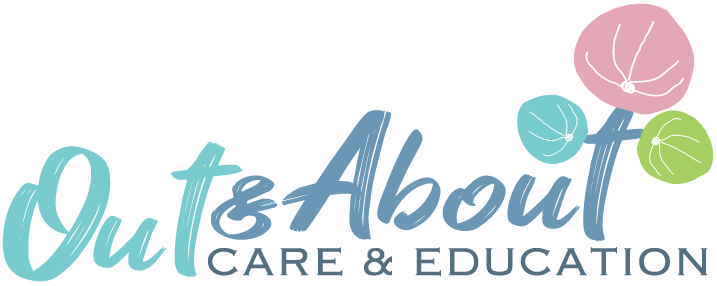MAKING LEARNING VISIBLE
O&A families visit our rooms on a daily basis, but how do you know what has been happening in each space and what children have been doing or learning? In other words, how do we make the learning ‘visible’ for you?
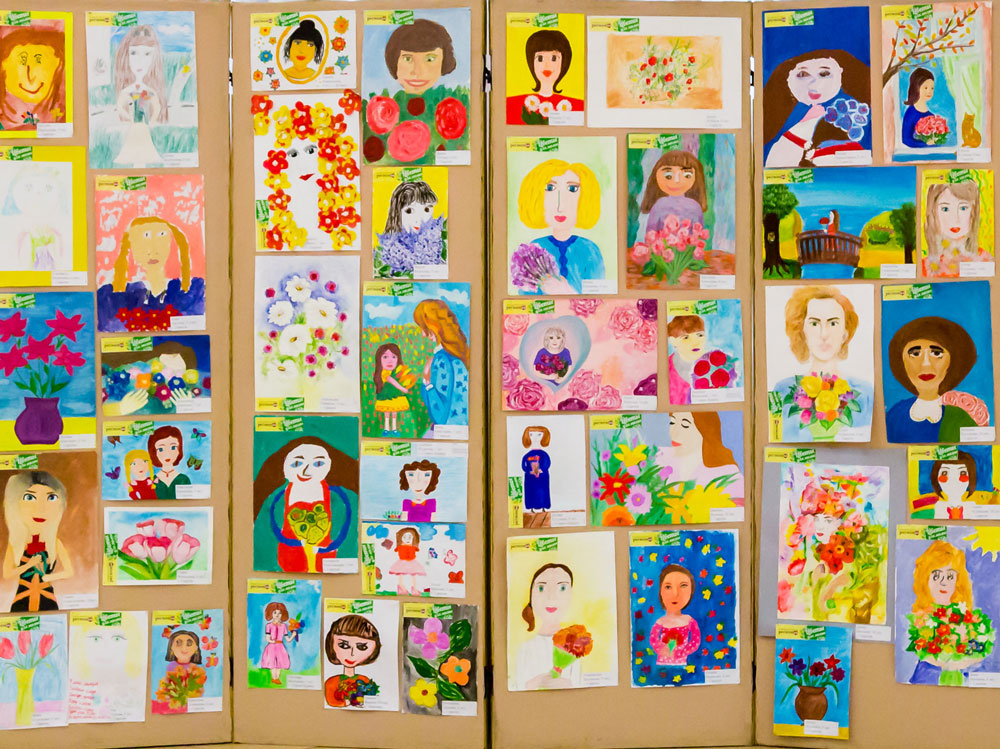
Each room shares information with families in a range of ways to ensure that we present children’s work in the most respectful way we can, given our time and supervision constraints. Some special work takes a couple of days to get sorted and organised so keep checking as display items will change over time.
You will note that our rooms have specific ‘play areas’ around the space. Each of these issues children an invitation to engage with the items in that space in different ways. Children will use each area as they choose, and also add in items from a nearby section if they wish to create their own vision. We establish what we call ‘open ended’ spaces so children can add their own ideas and materials either alone, with friends in cooperative play, or as part of a whole group discussion where, with educators, they decide to convert a space into something else entirely.
Lots of discussion, cooperation, collaboration, and idea sharing goes into this process—so the learning occurs as they play. It is a process approach called “Play Based Learning” or PBL. We learn as we go through the steps. Look at your child’s room and see the range of available spaces and invitations to learn and play next time you visit Out & About Care & Education. Our educators guide and support the learning process by understanding each child, how they think and learn, and by using their knowledge of the appropriate learning outcomes for each age group. In each age group, we show you the value of the learning in a range of ways.
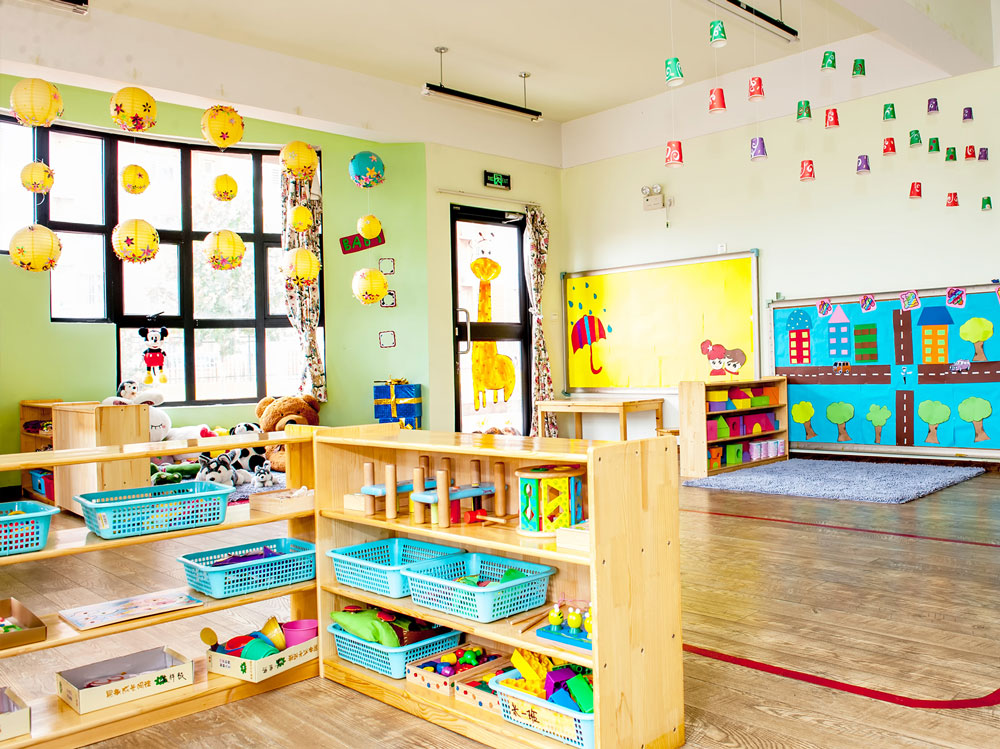
How can you see the learning that is happening?
Read the information on our walls in the Daily Feedback Sheets —Ask your child’s Lead Educator about the program and what was gained during the day’s events. You will be surprised by how much has been discussed, or what has been accomplished by your child and their friends. The Daily Feedback Sheets also share details of care and rest routines for you. In the Peepo (Infant) room, each child has their own Daily Adventure Book for families to peruse and discuss with our team.
Examine displays of children’s work on the walls or elsewhere in the room — Our educators create written explanations for each piece of work displayed so you will know more about the children’s process of thinking and learning. Discuss the work with your child and share in the joy of exploration and discovery they have experienced during the creative process. The following items are an example of how this might work in the Kindergarten program.
CASE STUDY:
EXPLORING CREATURES IN THE GARDEN
Some children noticed tiny creatures in the garden and brought them to Alison’s attention. She and Sophie decided to take this interest further as the children were so engaged with this aspect of their immediate environment.
Some posters of small garden creatures were displayed to encourage children to examine the insects closely and discuss their characteristics and why these may be necessary for survival in the garden.
This involved lots of hypothesising and thinking about how small creatures live and what they eat, where they sleep if they do sleep and so on. Lots of learning was involved in this discussion about tiny creatures; how and why they exist at all. Alison and the children discussed many aspects of small creature life in the garden and what tasks the creatures perform to help the ecosystem function efficiently.
Together, they listed the animals they thought they might see, then set about testing their theory by taking clipboards and moving into the garden to look for hints of very small inhabitants. The list was made, then collated by the group. Children each drew a creature they found.
Alison and Sophie made the display here to show you the children’s drawings, providing an explanation of events with the drawings for parents to peruse.
Elsewhere in the room, a table was set up with small creatures set in clear acrylic so the children could examine them if interested in further pursuing the topic.
This is just one example of how we make learning available for children and visible for you.
Next time you visit the rooms, look around to see what else has been happening in the space. You may be very surprised about what is learned each day.
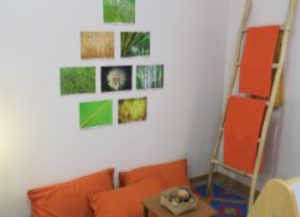
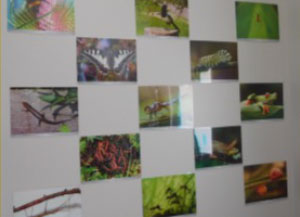
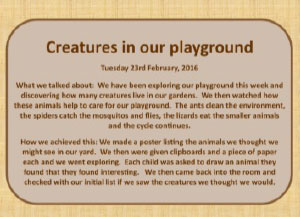
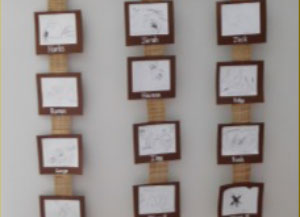
Take time to scan the room and notice the kinds of materials, toys and equipment available to your child.
They will take great pride in telling you about how they move around the space, work or play with friends, and manage their day.
We ensure that each room has a large supply of interesting materials and options available for all children.
Recognise that not all children have art or other kinds of work on display every time— your child may have been part of the event depicted, so can still discuss what was happening, or explain what else they were involved with during the day.
Our rooms are busy spaces with children participating in many experiences each day. They will certainly share what is important to them if you show interest and ask open-ended questions. Ask questions that require a sentence in response rather than a simple yes/no answer, so you extend the story further and receive more information. This helps your child to practice thinking about and expressing their thoughts clearly—an important life skill.
In the Tiddalick room children began by talking about faces and how we each have our own special look. This lead to more discussion and eventually, drawings of themselves. Some of these are amazing for 3-4 year olds, with many showing very accurate depictions of the shape and movement of people. They also clearly show the various levels of ability when it comes to depicting the human body and visually expressing ideas.
All are valuable and equally important to the artist as it shows how they think about their work and themselves. Skills will develop further over time for each child. You will see these skills developing in all rooms as you walk through the centre.
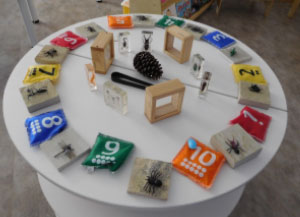
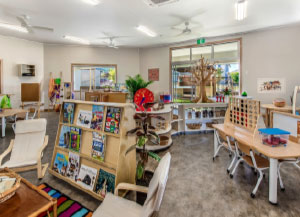
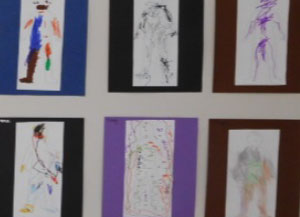
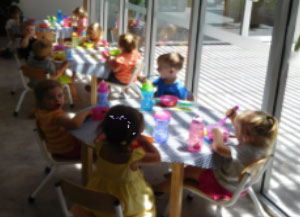
Of course, menu and food information is always displayed for you by our chef, so take note of that too – Meal times are fun, relaxed, social events and it is also a learning time. We practice manners, conversation skills, managing our placemats, how not to tip over our drinks, use of plates, drinks and food utensils and bathroom routines when washing hands. Sam is credited with expanding many children’s palates. Very little food is ever left, with second and third helpings often being requested and enjoyed.
Look at the display board as you move through the foyer area—This board provides you with many important pieces of information such as who is in charge at any given time, who are the early or late team members, posters about topical issues, and flyers about a range of topics of interest to families. Take a moment to check on the board regularly as items will change as information will be updated.
If you have any topics you would like information about, ask us and we will include it for you or provide it privately if you prefer.
Learning is made visible for you in many creative ways throughout the centre. Take time to read and explore the displays, notes and posters all through the building and you will be informed and up to date with all activity and learning as it occurs.
We create these displays for you and the children, so please do enjoy them. Discuss the content of the displays with your child and show them how interested you are in their day and how and what they learn with friends. This builds your child’s confidence and tells your child very clearly that you value what they do and find what they have to say of interest.
CONTACT ONE OF OUR CENTRES
Out & About Care and Education
2 Newspaper Place
Maroochydore Q 4558
Google Map Link
newspaperpl@outandabout.net.au
07 5413 8099
CONTACT NEWSPAPER PL
Out & About Care and Education
30 Dalton Drive
Maroochydore Q 4558
daltondr@outandabout.net.au
07 5479 1411
CONTACT DALTON DR
Out & About Care and Education
6 Mooloolah Rd
Mooloolah Valley Q 4553
mooloolah@outandabout.net.au
07 5356 9323
